We know, there’s no such thing as a stupid question. But there are some questions you might not want to ask your local shop or riding buddies. AASQ is our weekly series where we get to the bottom of your questions – serious or otherwise. Hit the link at the bottom of the post to submit your own question.
Welcome back to the Bikerumor Ask A Stupid Question series. This week, Aaron Chamberlain, Assistant Marketing Manager at Maxxis, joins us to answer your questions on tires; why do so many new tires arrive warped, how many times can a tire be mounted, and why don’t we use tubulars for mountain biking? Take it away, Aaron!
I come from a road racing background, and I’m used to running tubs on my road bike. Why are mountain bikers averse to sticking their tires to the rims like road riders do?
Maxxis: This is something Maxxis has explored with various XC and even DH teams over the years. From a practical standpoint there’s just no comparison—tubulars are a massive pain in the ass to produce and to mount—and from a performance perspective there wasn’t an appreciable advantage for all the hassle.
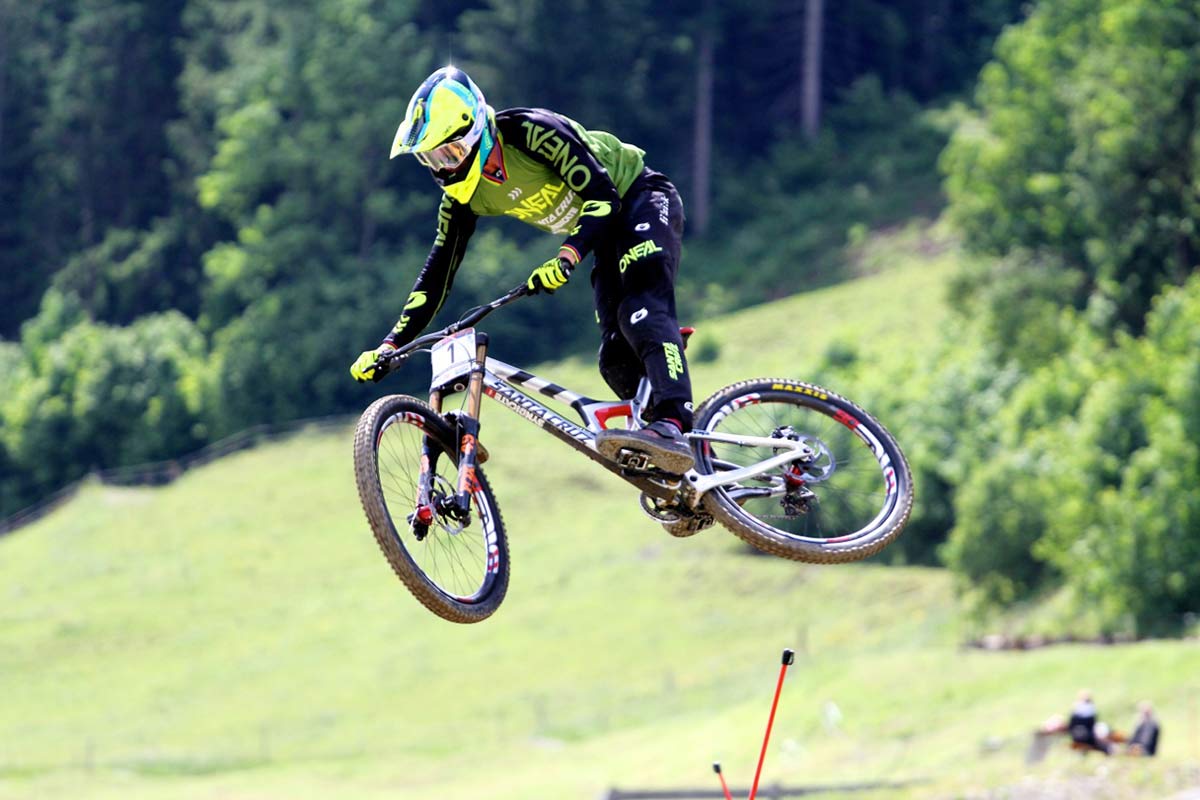
I can change a set of our tubeless tires in 10-15 minutes and have my bike ready to go for different terrain or conditions. With tubulars, there is no changing tires. Whatever tread pattern you glue to that wheel is going to be on there until it wears out, so if you want different tread options you need spare wheels, which quickly gets expensive.
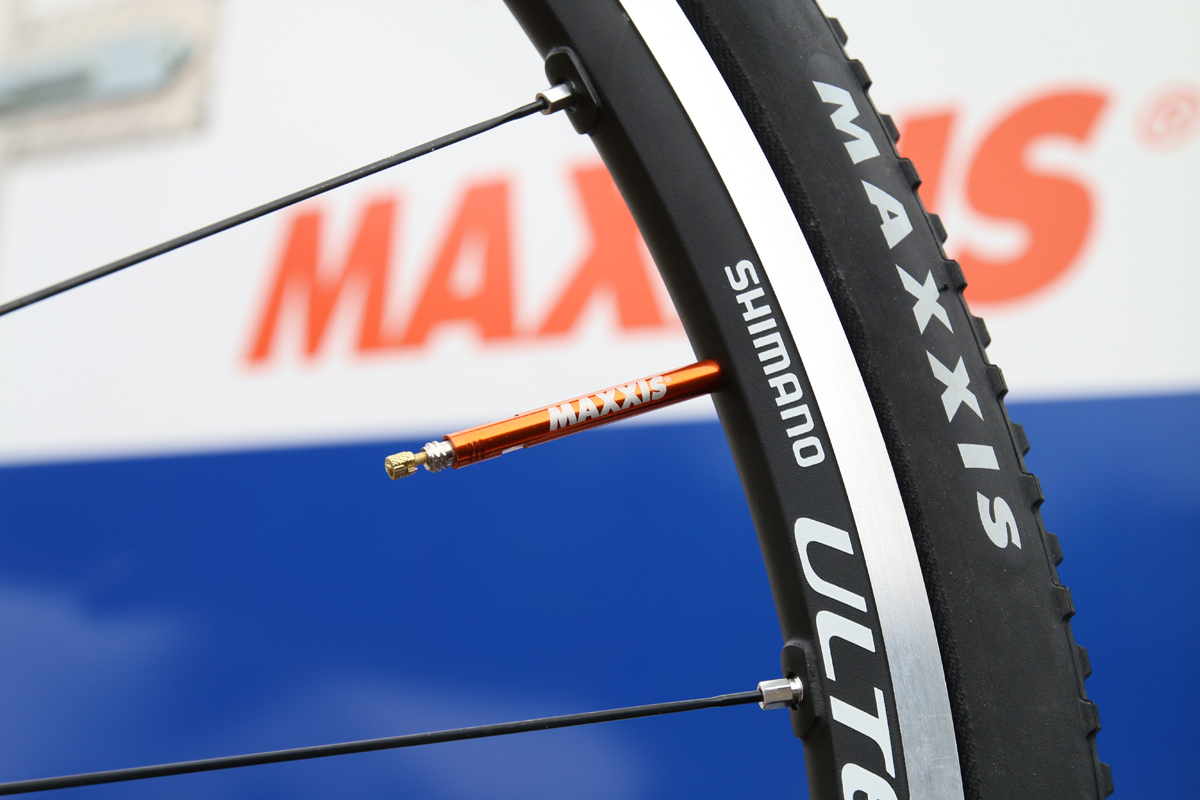
If you get a flat on a tubeless setup, tire sealant might take care of it, or you can plug it, or worst case scenario, you throw a tube in to get out of the woods. Sealant and plugs will work to an extent on tubulars, but there’s no option to put a tube in, so you need to carry a full spare tire. Again, not practical.
Are there any tires around that have puncture protection directly underneath the tread? I know lots have extra sidewall protection to prevent pinch flats but I frequently get punctures on the mid-tread from the pointy rocks on my local trails. Is anyone looking to solve this problem?
Maxxis: Yes. Our current EXO+ construction has a layer of puncture protection from bead-to-bead so it does run under the tread. Beyond that, both our Double Down (enduro/e-bike) and Downhill (DH/e-bike) tires use two layers of casing stacked on top of one another which means twice as many layers of material in the tread area.
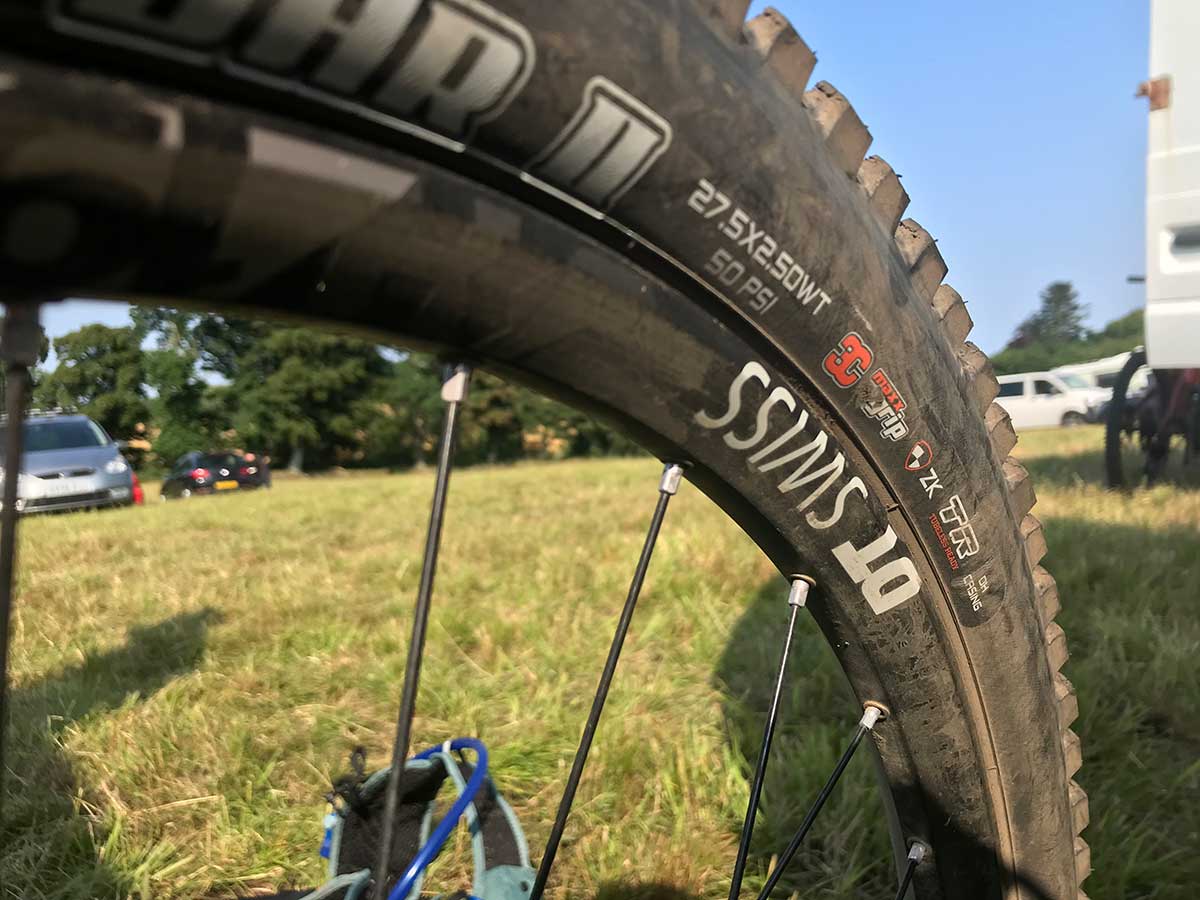
How come so many tires are warped from new? Is it to do with production or packaging, or both? It surely must impact ride quality.
Maxxis: Warped or wobbling tires are a manufacturing defect most often caused by casing ply misalignment. In severe cases it can be felt during riding. Maxxis will replace new tires that are warped under our warranty policy.
How many times can a tire be mounted before it is not safe to use? I run my tires tubeless and switch tires (at least the rear tire) fairly regularly depending on the conditions, trails I’m riding, etc. I have noticed that the more times a tire gets mounted, the looser it is on the rim (and the easier it is to mount). I’ve surmised that mounting the tire stretches it ever so slightly as it is being forced over the rim, but does it continue to stretch every time it’s mounted, or does it get to a certain point and just stay there? After it stretches so far is there a possibility of it not seating correctly on the rim?
Maxxis: This is something we are currently testing both with and without tire inserts. So far our testing indicates that the bead will stretch slightly (less than a mm) but it’s still within tolerance. If at all possible, mount tires by hand and be careful with the bead when tire levers are required.
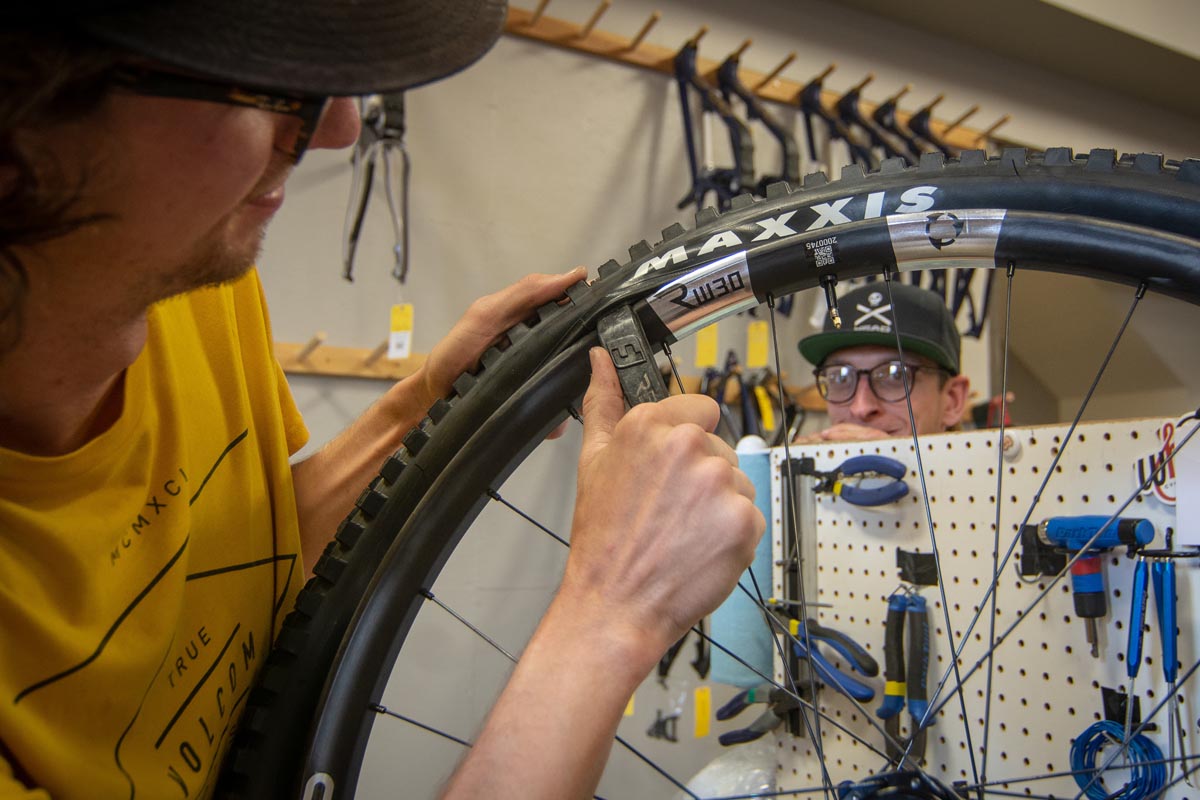
When is a tire too old? I’m talking about unused tires; does the rubber have a sell by date, so to speak?
Maxxis: It really depends on where the tire is stored as to how long it will last, but yes, rubber most definitely has a shelf life. Keeping spare tires stored in a cool, dark place has worked well for me. My spares are in a plastic tub in the basement and a few are a couple years old now, but I’d have no issue using them. If the rubber starts to feel hard and gets a shiny look to it then it’s probably dried out and not going to perform well. Don’t ride tires with dry, cracked rubber.
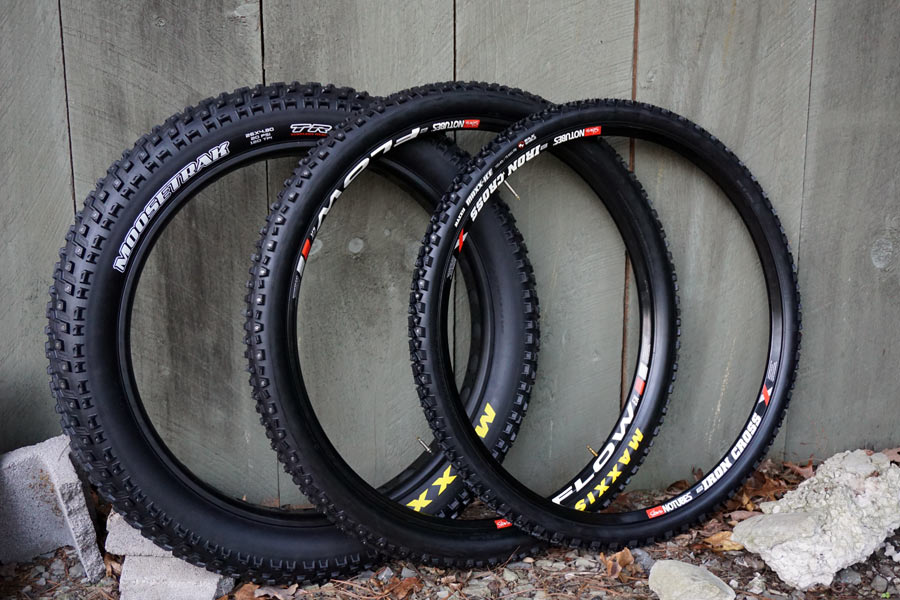
Got a question of your own? Click here to use the Ask A Stupid Question form to submit questions on any cycling-related topic of your choice, and we’ll get the experts to answer them for you!

